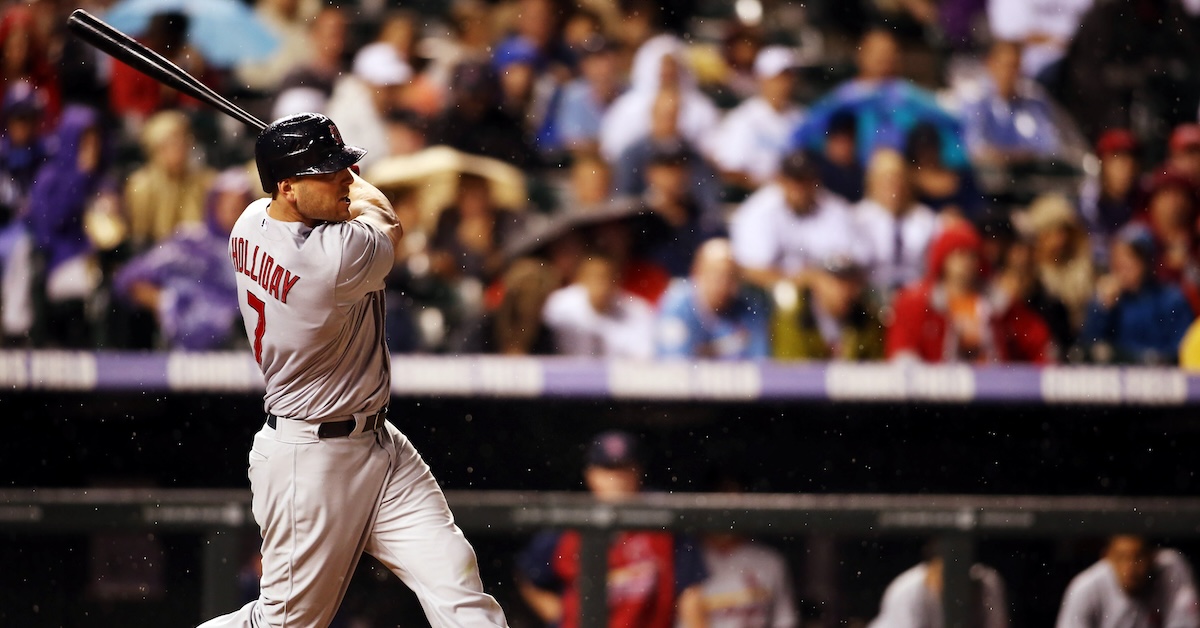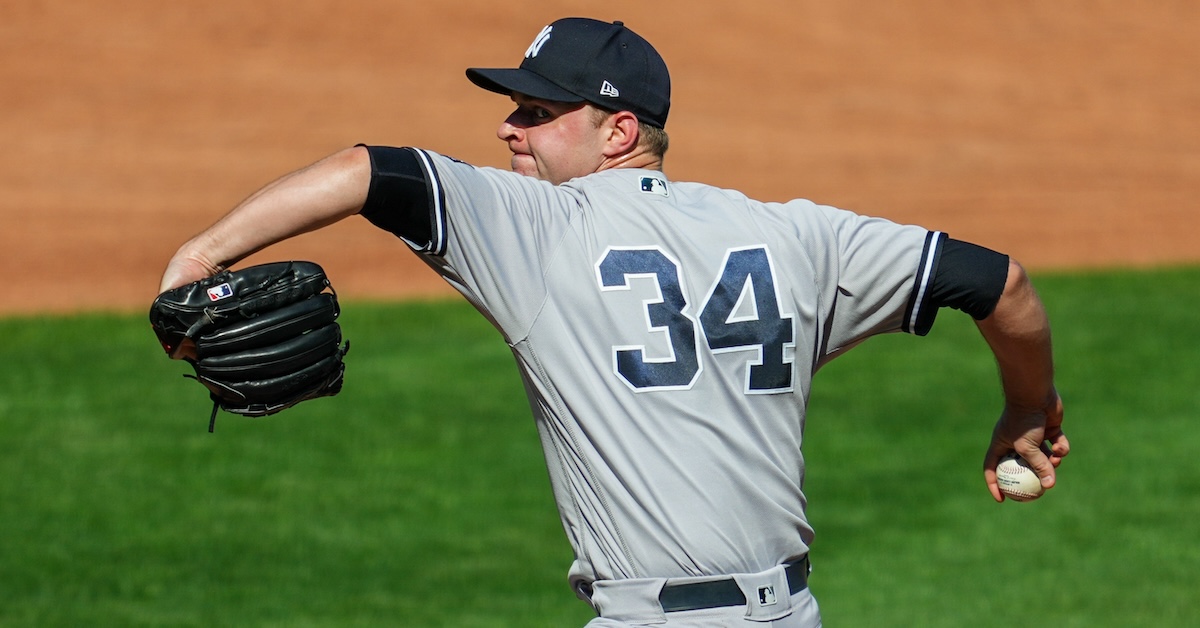Yankees Sign Stroman to Bolster Rotation

As you might have heard, the Yankees made a big splash early this offseason by trading for Juan Soto. It was one of the most impactful moves of the entire winter, and they struck quickly. Then, they went into hibernation. Their next major move didn’t come until yesterday, when they signed Marcus Stroman to a two-year deal worth $37 million, as Joel Sherman first reported.
As second acts go, it’s surely not what Yankees fans were hoping for. New York was linked to Yoshinobu Yamamoto, and several other interesting pitchers were at least briefly connected to the team as well. But while Stroman is hardly the most exciting signing of the offseason, I think he’ll be an important cog in the team’s 2024 quest to get back to the playoffs, and that makes for a great fit in my opinion.
Let’s get something out of the way first: ZiPS doesn’t agree with me on this one. It thinks that Stroman is going to be a decidedly unexciting rotation option for the next two years:
| Year | W | L | ERA | G | GS | IP | H | ER | HR | BB | SO | ERA+ | WAR | $ |
|---|---|---|---|---|---|---|---|---|---|---|---|---|---|---|
| 2024 | 9 | 9 | 4.17 | 26 | 25 | 138.0 | 133 | 64 | 17 | 44 | 110 | 101 | 2.0 | $14.2 |
| 2025 | 8 | 8 | 4.31 | 23 | 22 | 123.3 | 122 | 59 | 16 | 41 | 96 | 98 | 1.5 | $10.4 |
In a word, yikes. That’s a desultory projection, the kind of starter that you’d be unhappy turning to in a playoff game. As you can see, the model would only have offered him about $25 million for the next two years rather than $37 million. But I’m not quite buying it, so let’s talk about why. Read the rest of this entry »







